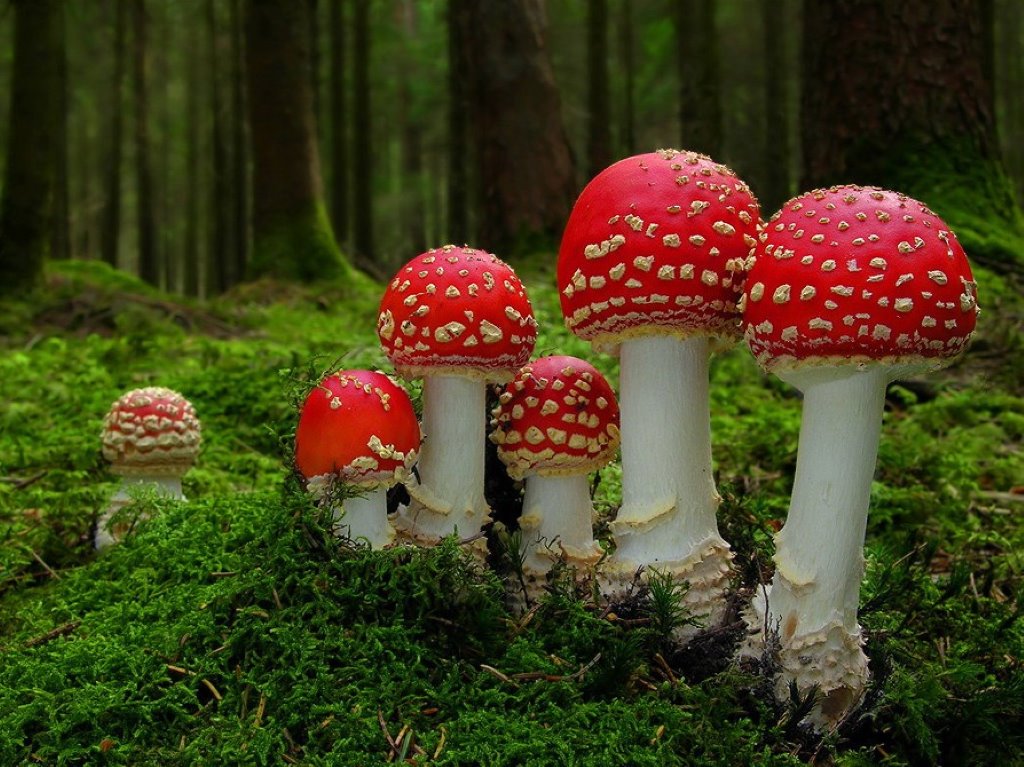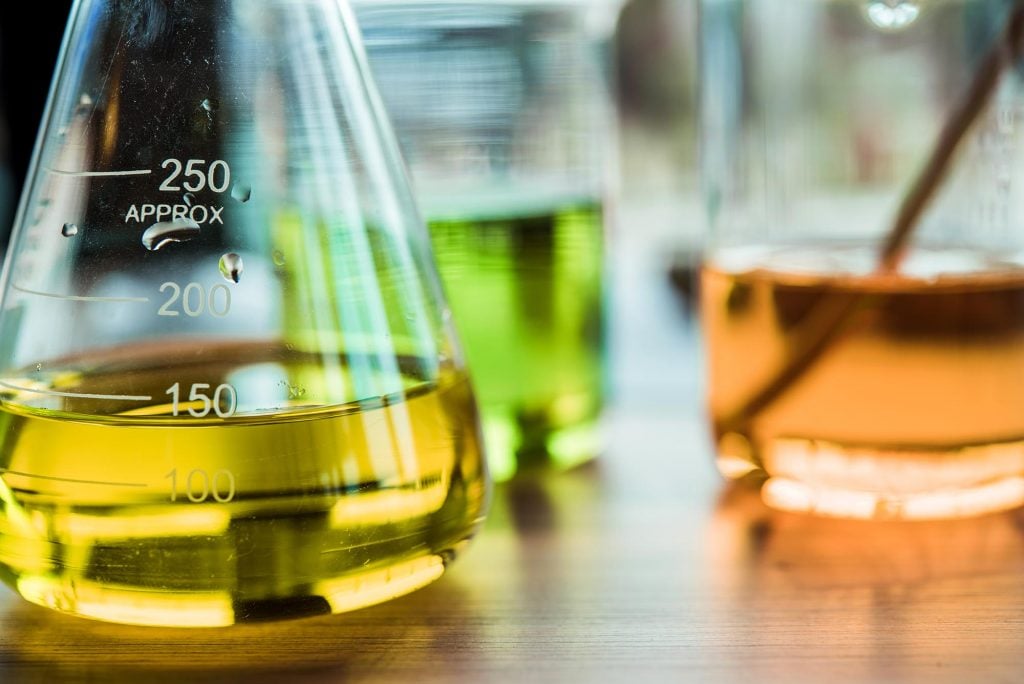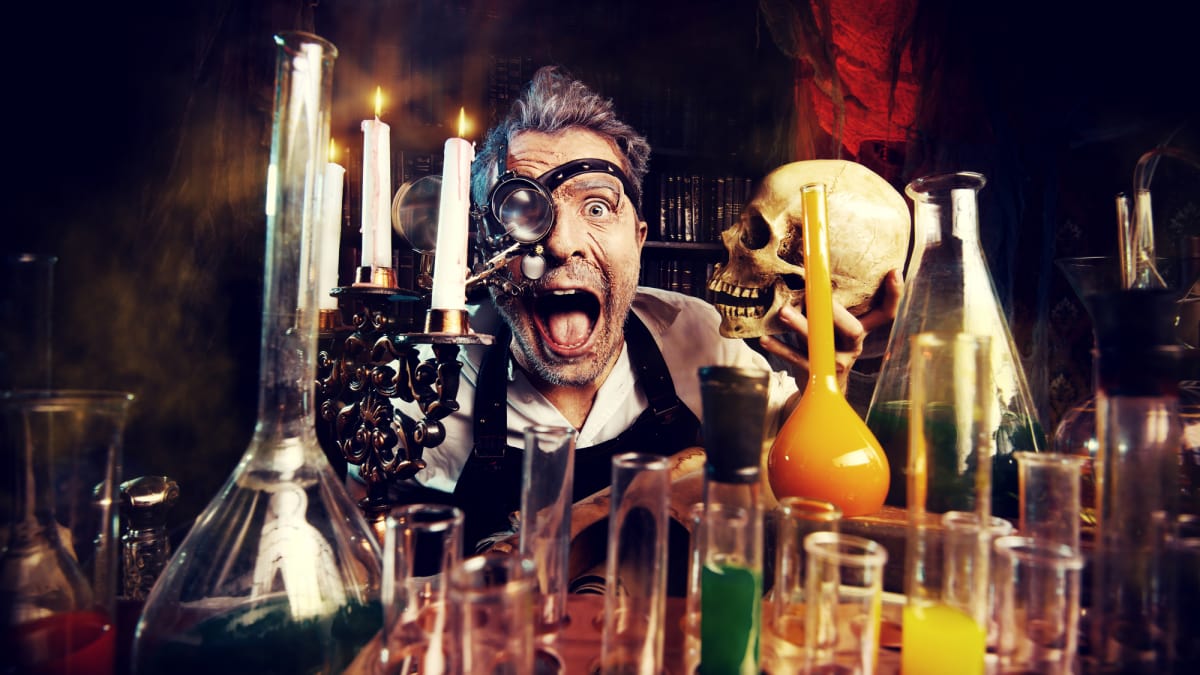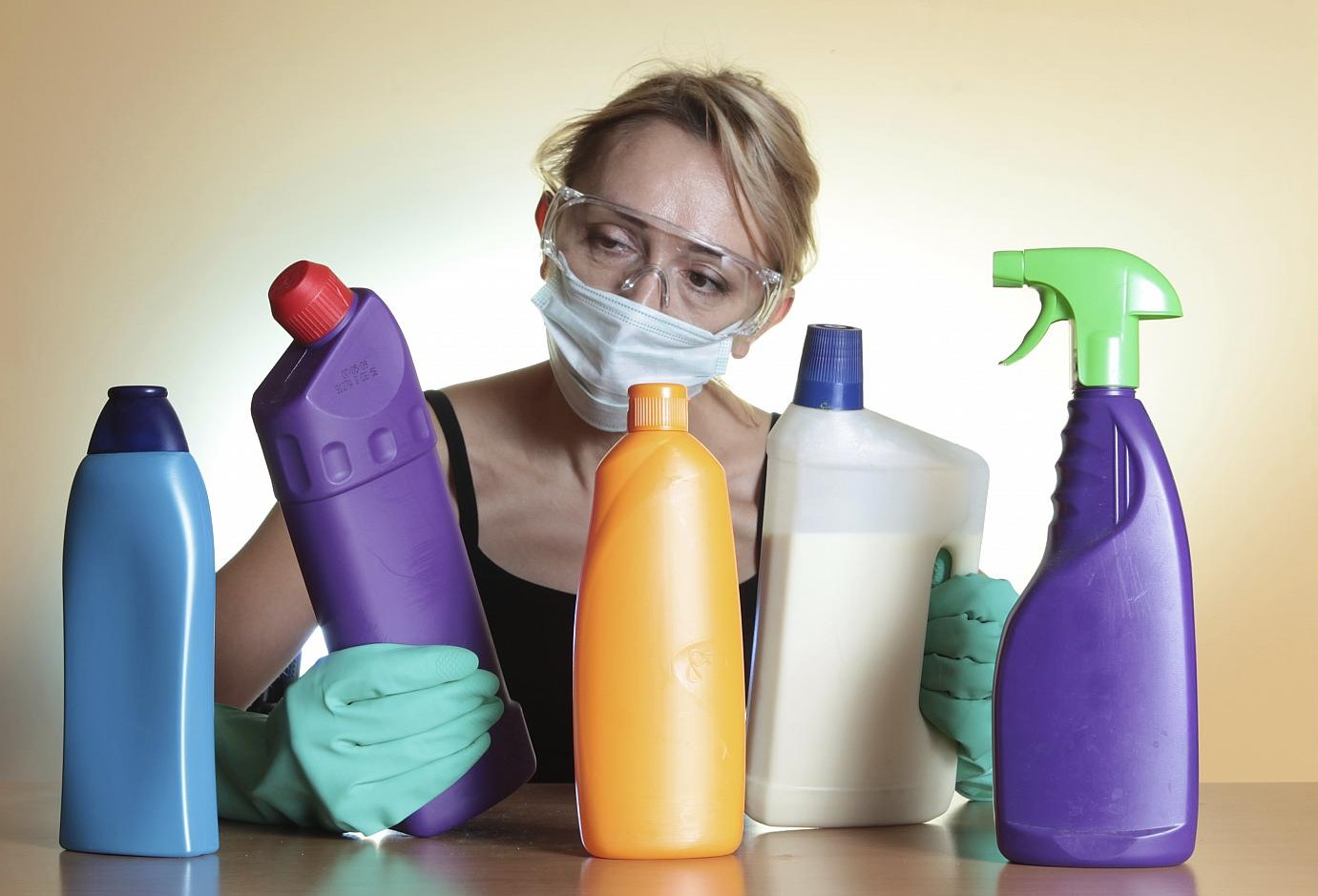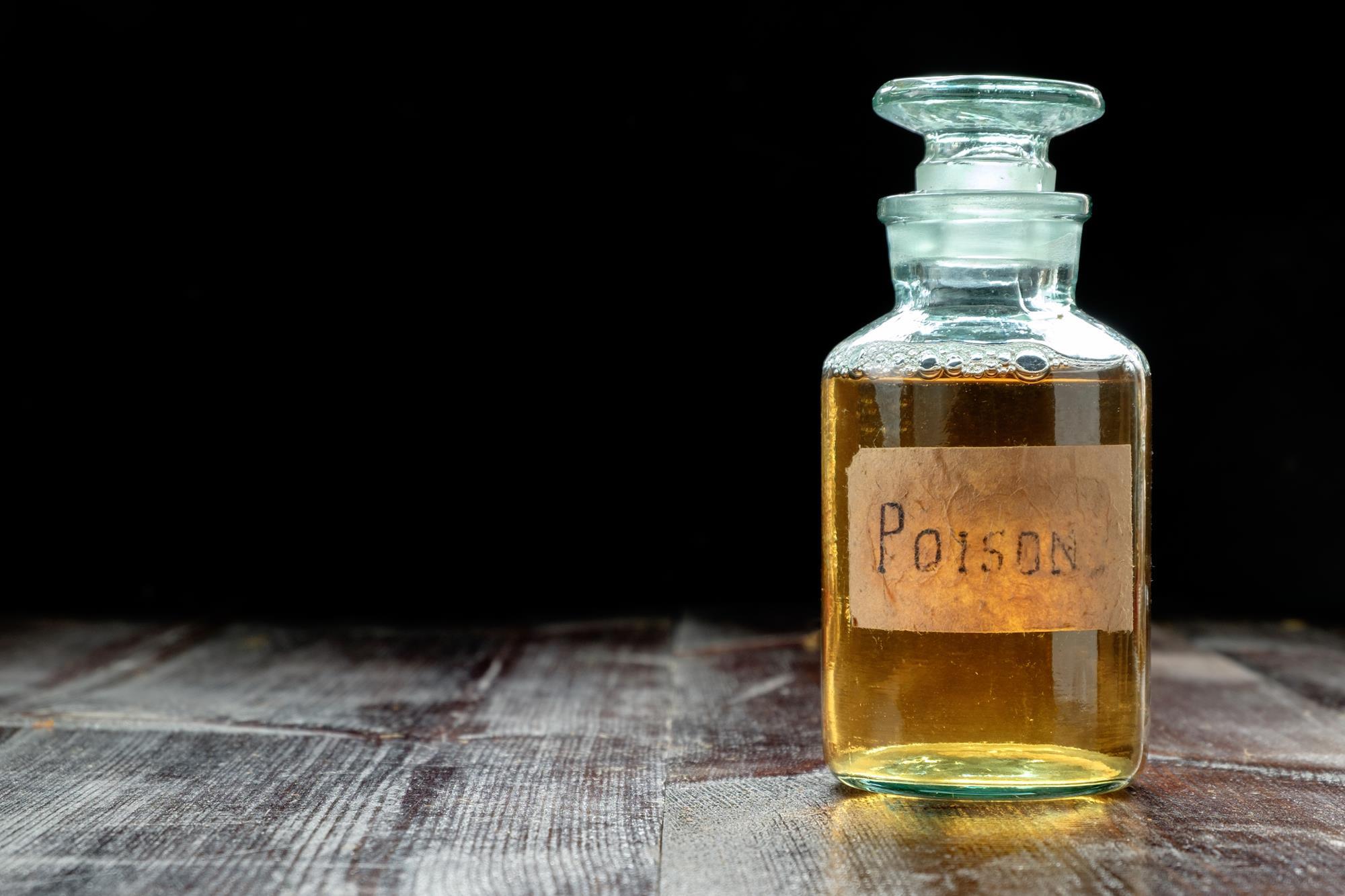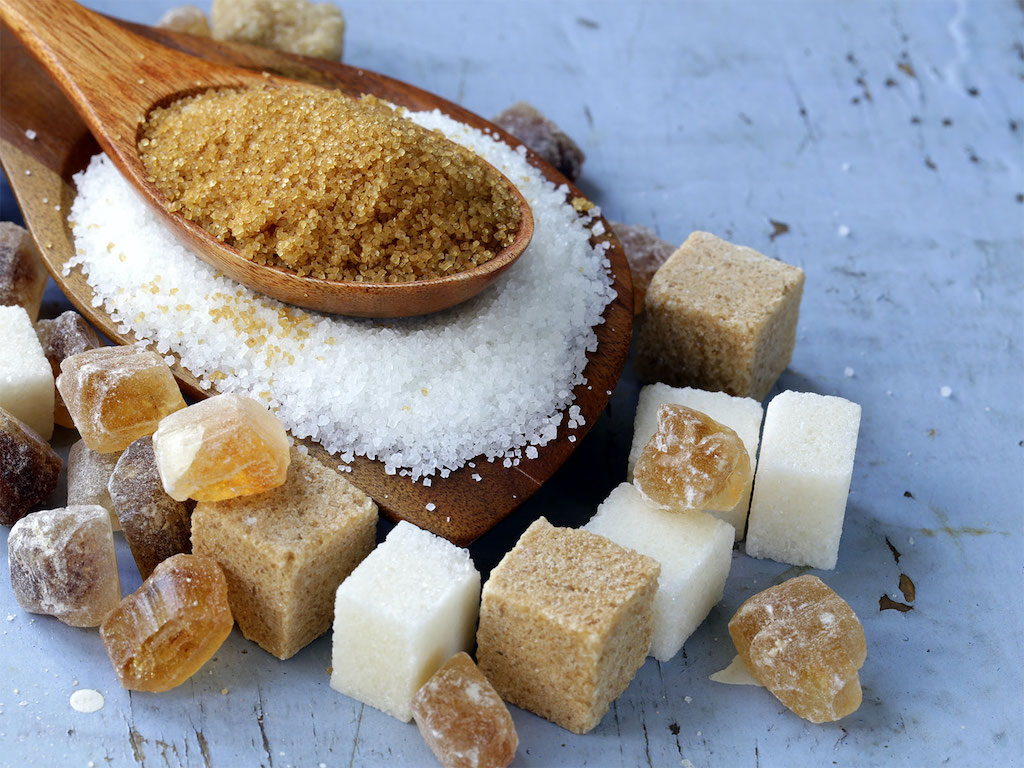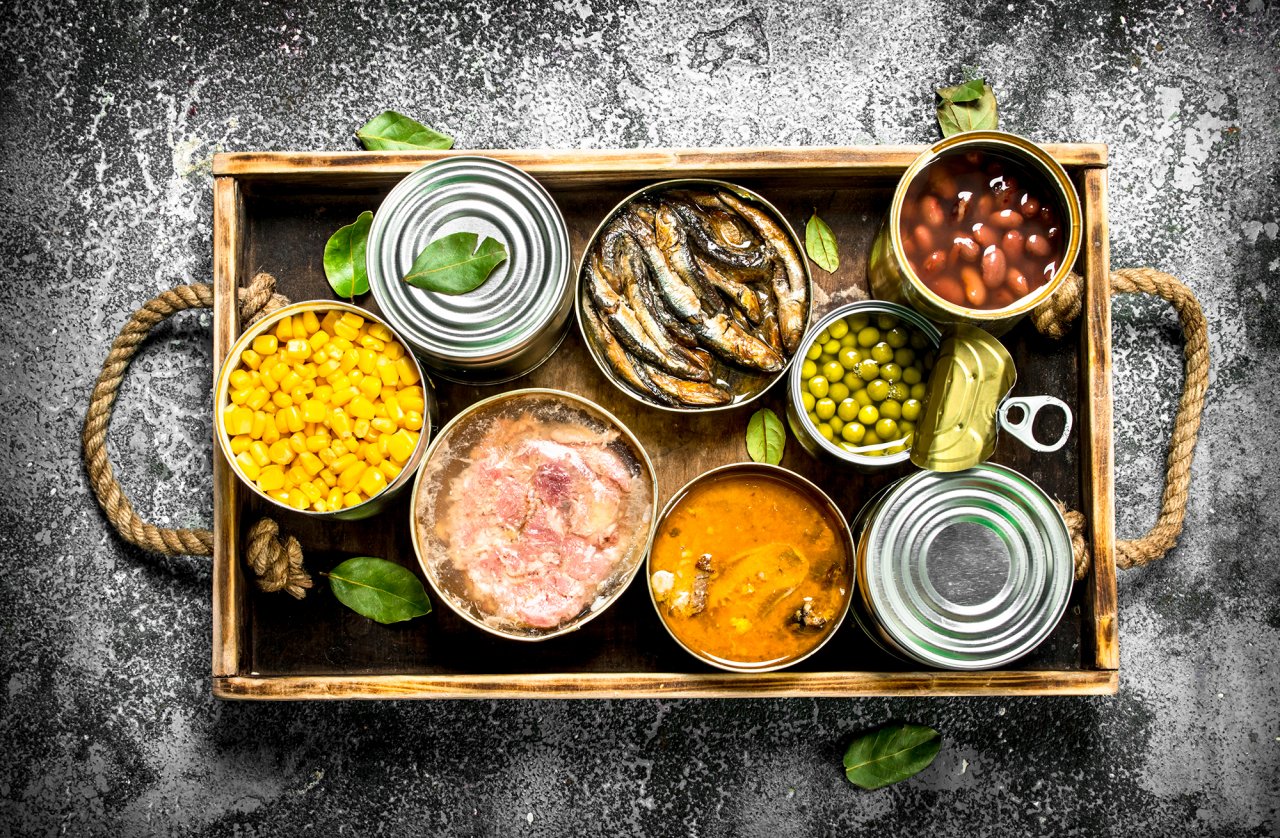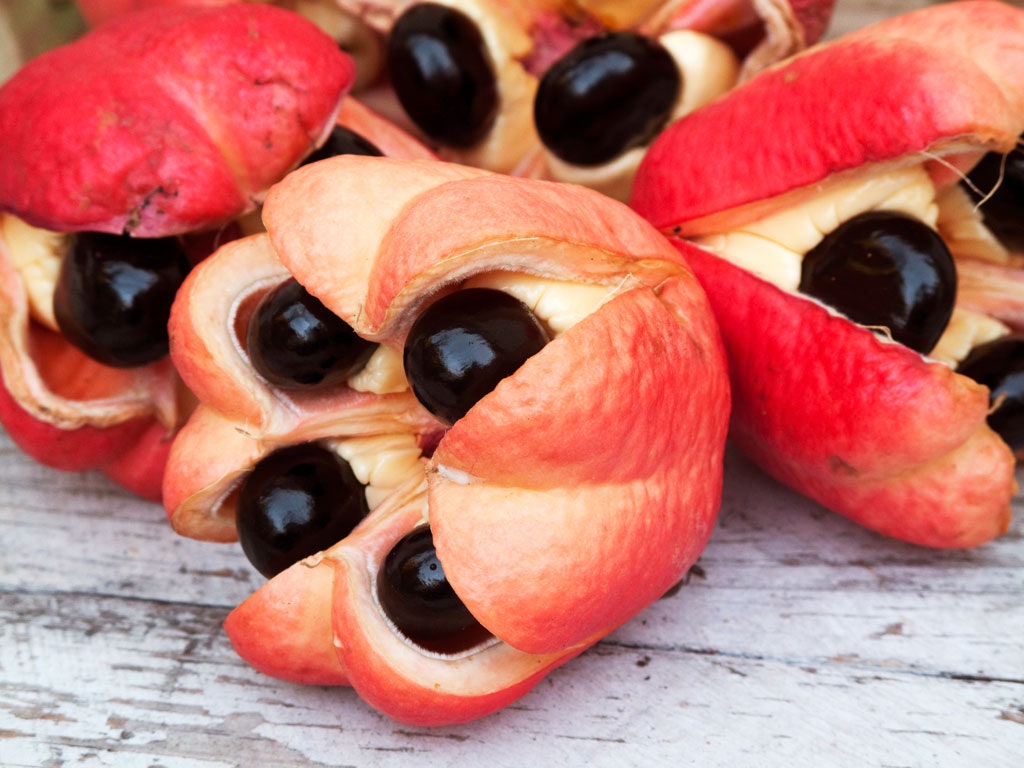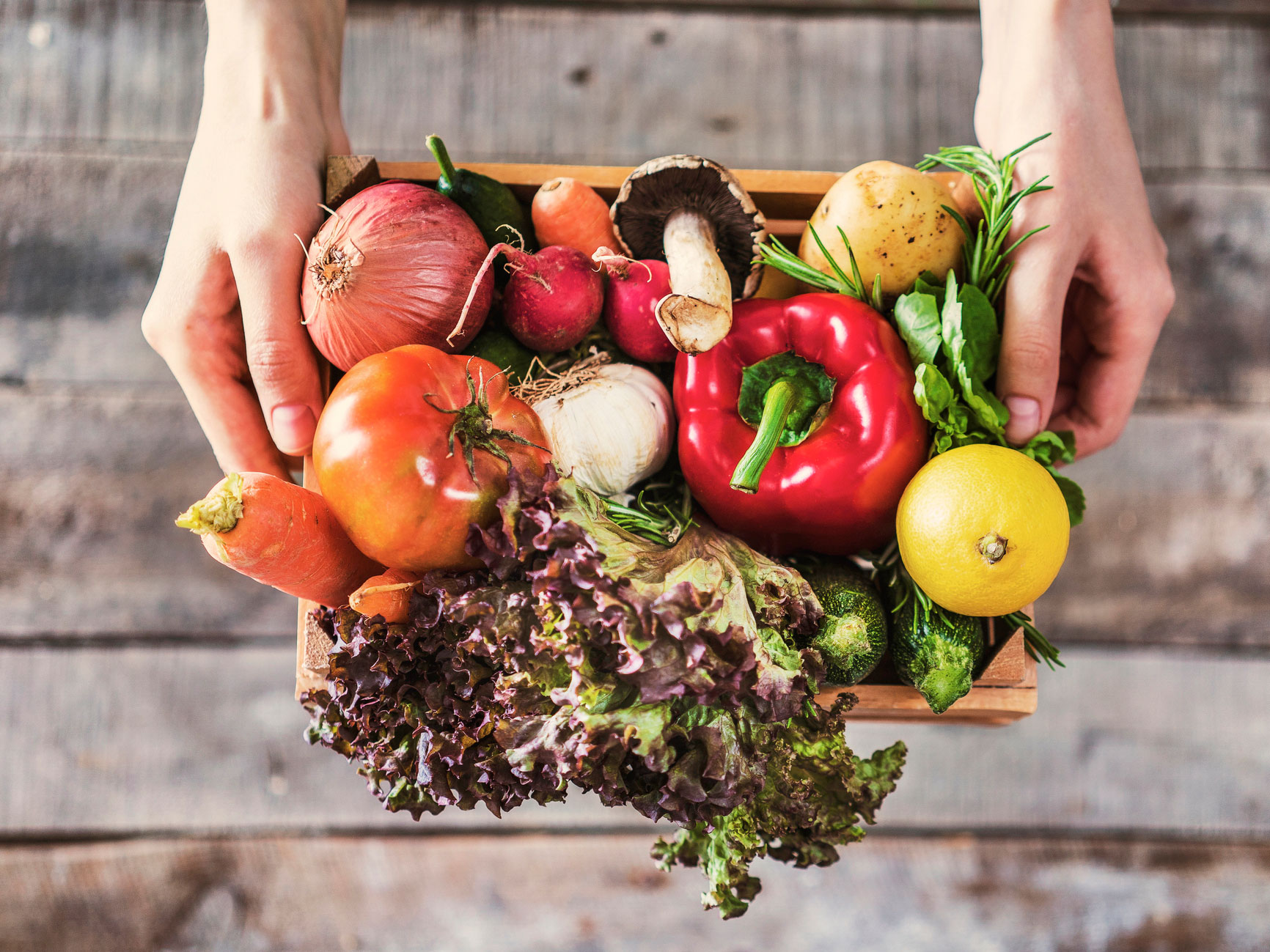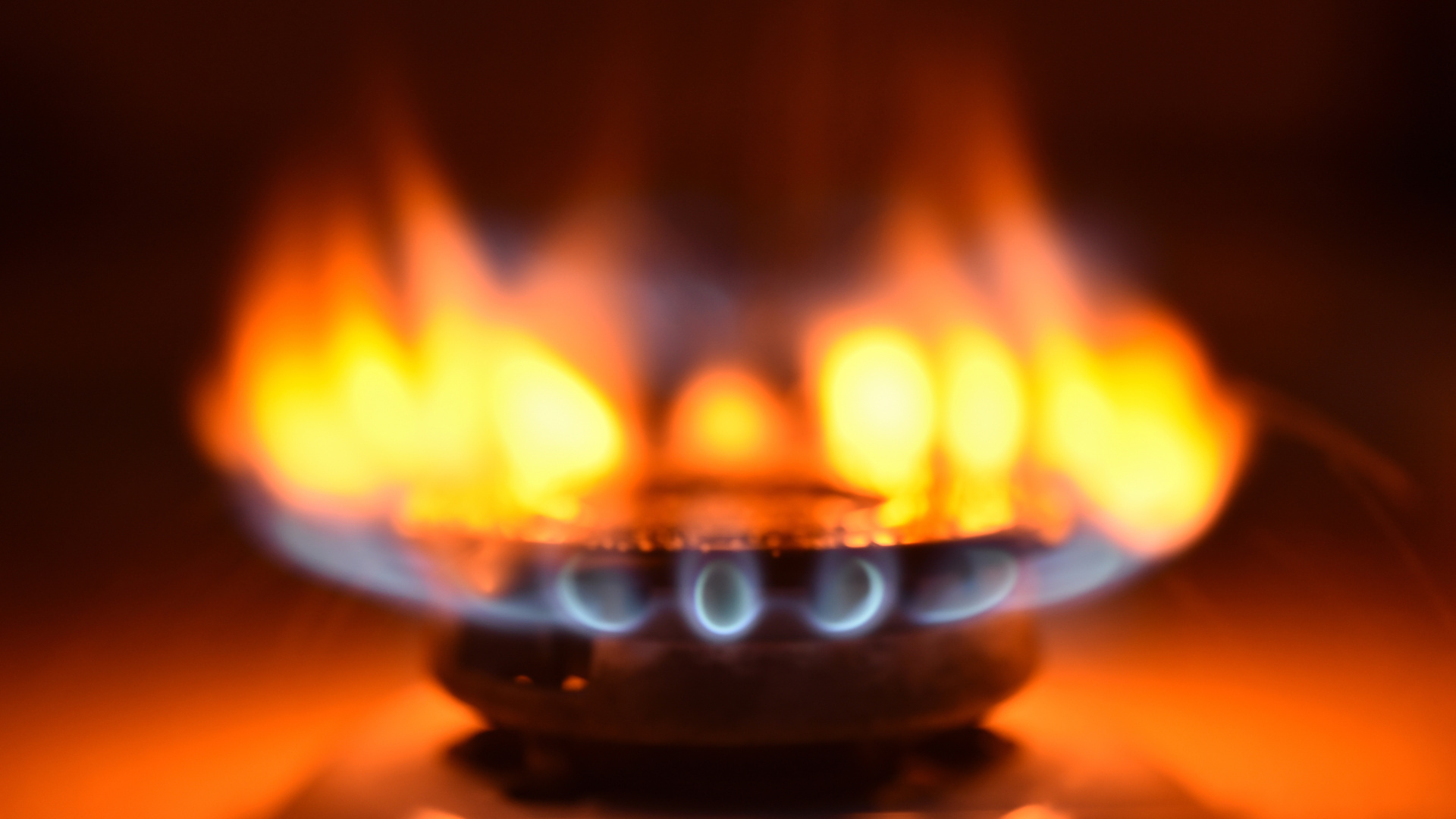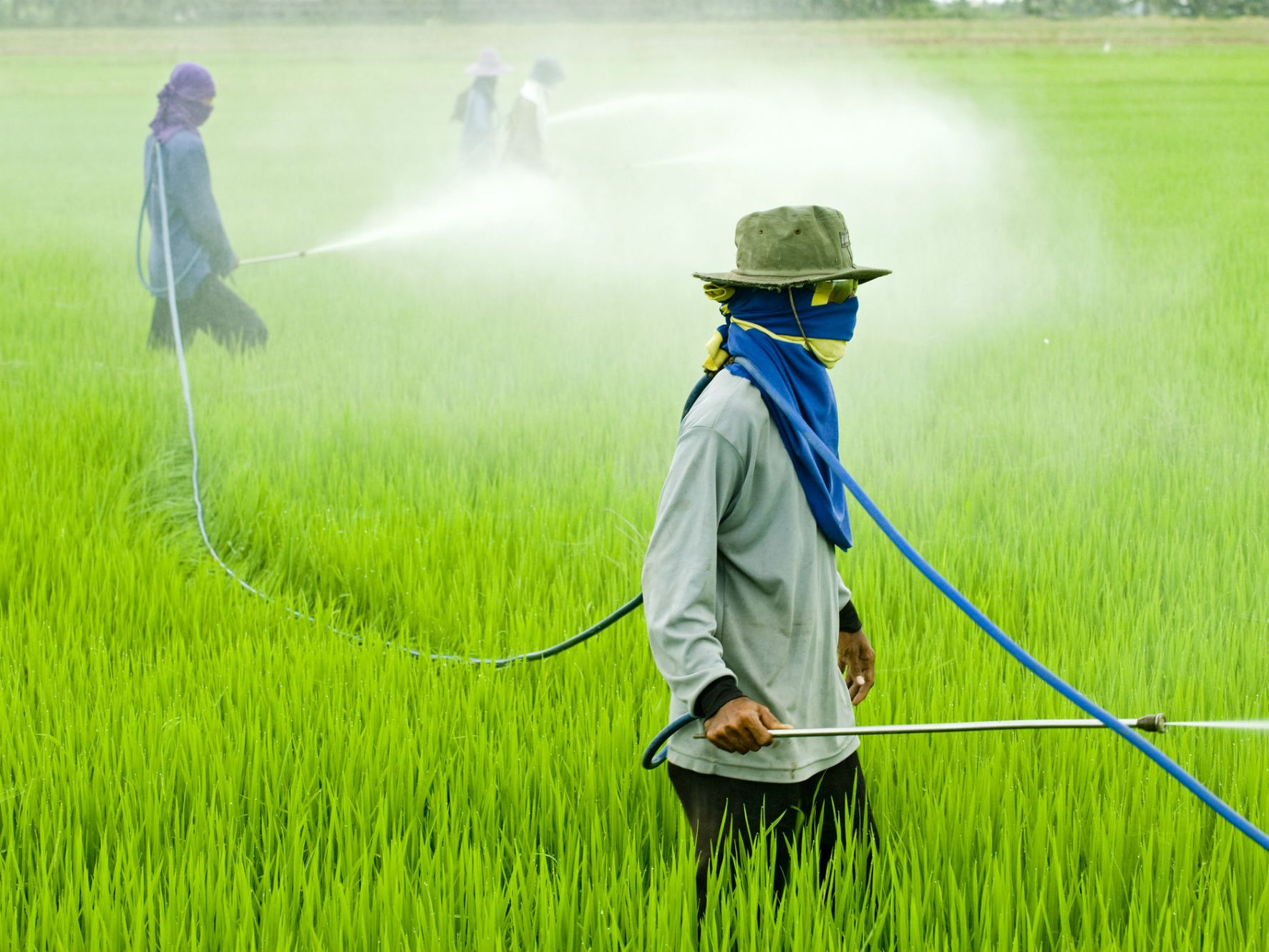A Guide to the World’s Most Dangerous Mushrooms
Most people grow up with the same warning drilled into them early on: never eat wild mushrooms unless you absolutely know what you’re doing. Stories, folklore, and even children’s books reinforce the idea that wandering into the woods and picking random mushrooms is a gamble with serious consequences. That instinct is well-earned. For anyone without deep expertise, foraging mushrooms can be dangerously close to a game of chance where the penalty for a mistake is severe illness—or worse.

